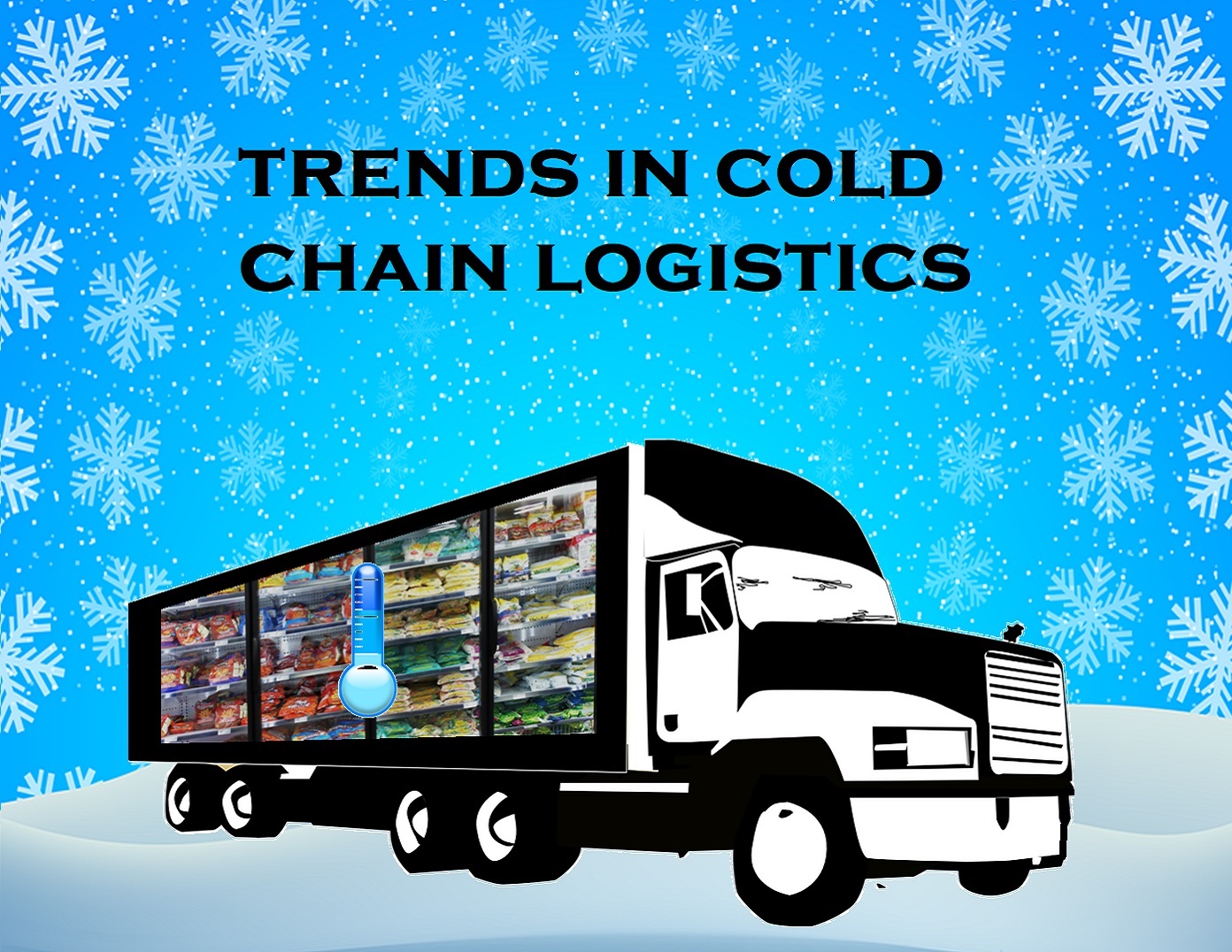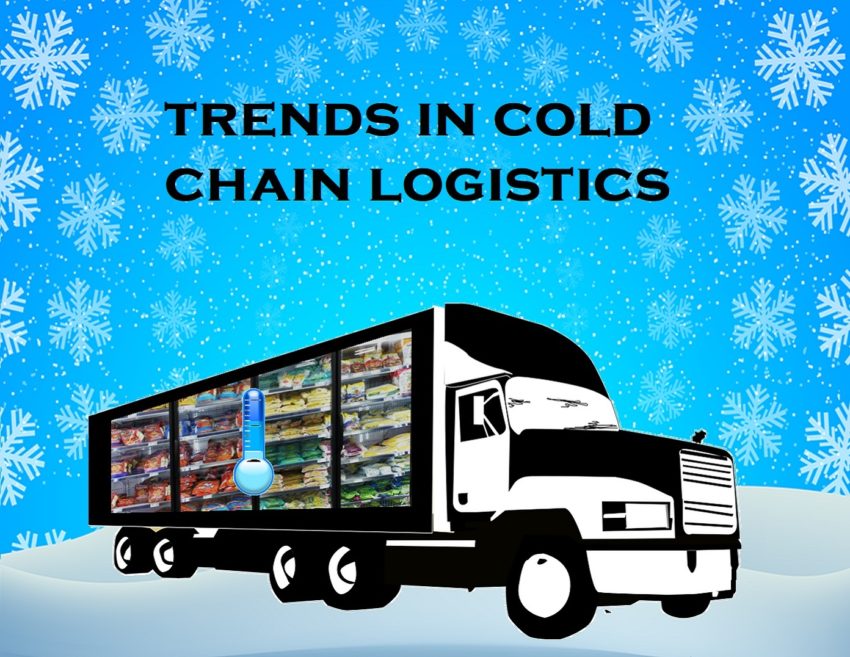The ever increasing international pharmaceutical market coupled with the customer focus on fresh food has heightened the need for an improved cold chain management. Moreover, supply chain companies are required to abide by the strict requirements of the modernized food safety acts in their respective countries that entail frequent monitoring of the temperature of the edibles and pharmaceutical products at every stage of the process of transportation.
As per a report by Markets and Markets, the global refrigerated transport market is estimated to reach a value of $21.6 billion in another 5 years, a factor which has prompted small and independent freight forwarders to find new avenues of offering affordable and hassle-free refrigeration solutions. Let us now take a quick look at the 5 major trends in the cold chain logistics sector.

-
The cold chain industry is turning global
The COVID-19 pandemic has led to rising demand for medicines, PPEs, and ventilators all over the world and added to that is the consumer focus on fresh and locally grown food. In the pharmaceutical industry, the biggest drivers of growth are biopharmaceutical products like Gardasil, insulin, interferons, and interleukins while biological testing services usually required bulk transportation of sensitive samples. Apart from that, we can see an increase in the consumption of pro-biotic supplements, and products like kombucha and kefir are much in demand among fitness enthusiasts across continents. According to a survey by Transparency Market Research, the market of nutraceuticals in the US alone will reach a value of $102.6 billion by 2024.
-
Latest trends in regulations
Globalization coupled with a steady rise in the number of food safety and counterfeit medicine incidents have prompted the authorities to tighten the regulations on the manufacture and distribution processes. In the EU over 80% of medicinal items need temperature-controlled transportation and this approach is being increasingly adopted by most pharmaceutical companies in the USA. The food industry is emphasizing on the quality, health, and integrity of the items which is why cold chain products these days are required to avoid the slightest change in taste or texture which used to be a common occurrence whenever the shipment went beyond the recommended temperature. This explains why cold chain multinationals like Americold are making big investments in additional accreditations and implementing strict measures to abide by all the government regulations.
-
Investments in technology
Just like any other industry of our time, cold chain operators are also heavily dependent on technological innovations to guarantee quality, integrity, and safety. It is not surprising that they are investing in onboard devices that are built into their refrigeration units that help in location and temperature tracking and makes the data available to all the concerned parties in real-time. A number of cold chain logistics companies are also using detachable sensors that can independently track the temperature of the high-value shipments. Nestle Canada uses GPS enabled sensors for their inbound ocean, road, and rail cargo. Even though a large portion of the high-value shipments are still moved by air, more and more shippers are now using steamships because of the advancements in temperature and location tracking technologies.
-
Latest packaging trends
Packaging which is one of the most basic aspects of cold chain transportation is presently going through a whole lot of changes. It is the packaging that contributes to the safety and freshness of the content when it reaches the customer. For pharmaceutical manufacturers, the main challenge consists in striking a balance between the packaging and the cost of transportation. For this reason, medicine manufacturers are getting into partnerships with supply chain companies that are capable of re-icing the shipment in the event of the slightest delay. Food manufacturers these days are going for disposable packaging that will ensure the integrity of temperature-sensitive food products. Lastly, we can also note a rise in the use of reusable containers and greener packing materials.
-
Investments in favour of a sustainable cold chain
Cold chain logistics companies are now on the lookout for effective ways that would help to find the right balance between the energy-intensive requirements of perishable cargoes and the need to lower resource consumption. The biggest players in the market are already investing substantial amounts in the creation of new ways to offer the optimum solution. Current researches in the area of insulation enhancement, use of ammonia instead of Freon, use of electric vehicles for drayage, and the use of CBG on the trailer side are some of the noticeable changes in this regard.


